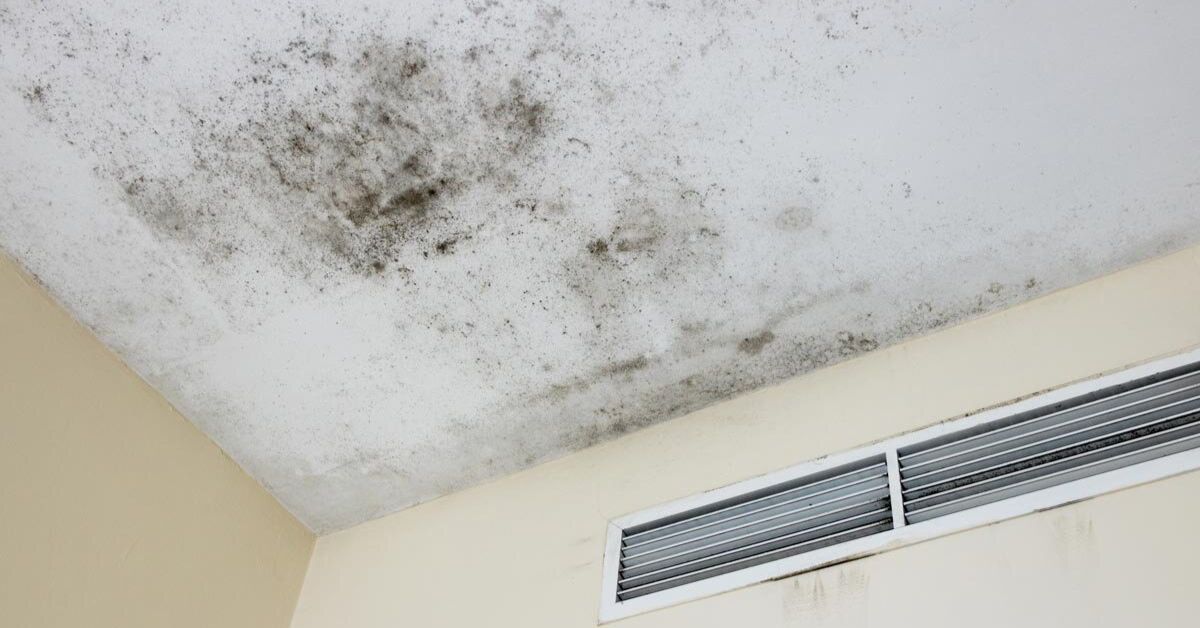
Mold – the word alone can make any homeowner shudder. While your HVAC system is designed to provide comfort, it can sometimes unintentionally contribute to mold growth in your home. But how does this happen? More importantly, how can you prevent it? Let’s explore the link between HVAC systems and mold in detail.
How HVAC Systems Can Contribute to Mold Growth
Humidity Levels and Condensation
HVAC systems naturally create moisture through condensation. If this moisture isn’t managed properly, it can lead to mold growth. For instance, clogged drain lines or an improperly functioning drip pan can cause water to pool, creating the perfect environment for mold.
Poor Ventilation
Lack of proper airflow in your home can trap humidity and moisture, both of which are essential for mold to thrive. An HVAC system that isn’t ventilating properly may unknowingly encourage mold growth.
Dust and Dirt Accumulation
Mold needs organic material to grow, and dust and dirt inside your HVAC system provide the perfect food source. When combined with moisture, it’s a recipe for trouble.
Common Areas for Mold in HVAC Systems
- Air Ducts – Mold spores can spread quickly through ducts and contaminate the air in your home.
- Evaporator Coils – Moisture collects on the coils, making them a common mold hotspot.
- Drip Pans – If the pan isn’t draining properly, stagnant water can lead to mold growth.
Signs of Mold in Your HVAC System
Musty Odors
A persistent musty smell when your HVAC system is running is one of the first signs of mold.
Increased Allergies or Respiratory Issues
If you or your family experience sneezing, coughing, or worsening allergies indoors, mold in your HVAC system could be to blame.
Visible Mold Growth
In some cases, you might notice mold on vents or inside ducts during routine maintenance.
How Mold Affects Indoor Air Quality
Health Risks of Mold Exposure
Mold spores can trigger allergic reactions, asthma attacks, and other respiratory problems, especially in children and individuals with compromised immune systems.
Impact on Energy Efficiency
Mold buildup can restrict airflow in your HVAC system, forcing it to work harder and consume more energy.
Steps to Prevent Mold in HVAC Systems
Regular Maintenance
Scheduling regular HVAC maintenance ensures that all components, including filters and ducts, are clean and working efficiently.
Controlling Humidity Levels
Keeping indoor humidity below 60% is key to preventing mold. Use a dehumidifier if necessary.
Cleaning Air Filters
Dirty air filters can spread mold spores. Replace or clean filters at least every 1-3 months.
Importance of Professional HVAC Inspections
Identifying Hidden Mold
A professional technician can spot mold growth in hard-to-reach areas like ducts or coils.
Ensuring Proper System Functionality
Regular inspections help keep your HVAC system running efficiently, minimizing conditions that favor mold growth.
DIY Tips for Mold Prevention
- Keeping Drip Pans Clean – Ensure the pan is draining properly to prevent water from pooling.
- Running Your System Efficiently – Use your HVAC system in a way that promotes proper airflow and ventilation.
How to Remove Mold from HVAC Systems
DIY Cleaning Methods
You can clean small mold patches using a solution of water and detergent or vinegar. However, always wear protective gear to avoid inhaling spores.
When to Call a Professional
For large-scale mold infestations, it’s best to hire an HVAC professional to safely remove the mold and address the underlying issue.
The Cost of Ignoring Mold Growth
Damage to HVAC Equipment
Mold can damage components like coils and ductwork, leading to costly repairs or replacements.
Health and Financial Impacts
Ignoring mold can result in long-term health issues and higher medical bills for your family.
The Role of Dehumidifiers and Air Purifiers
Reducing Moisture
Dehumidifiers are excellent at maintaining optimal indoor humidity levels.
Filtering Mold Spores
Air purifiers with HEPA filters can trap mold spores, improving indoor air quality.
